
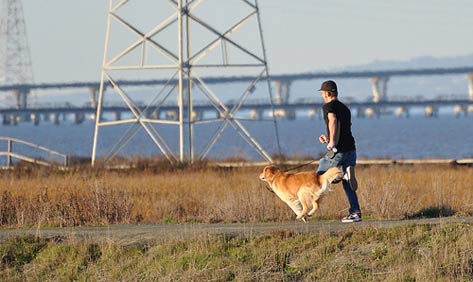
Dogs and running almost go hand in hand. If you have an active dog that loves to run, this is a great opportunity for you to incorporate jogging or running into your exercise routine. Just as you take precautions and prepare for your own physical needs before you go out to exercise, you need to take into account all of the needs your dog might have, too.
To start, whenever you begin a new health routine, especially intense exercise like running, you should check with your doctor to make sure you are in good health and there are no underlying conditions to be wary of. The same goes for your dog. Even if your dog appears strong and healthy and willing to leap tall buildings, you will need to make sure he is fit for a running routine -- before you start.
Once your veterinarian has cleared your dog for running or jogging, start out by taking long walks. This will be best for both you and your dog, as your muscles begin building up the necessary energy requirements needed for exercise. Increase the distance and pace of your walk gradually, with short sprints every ten minutes or so. This will build your dog’s endurance while it toughens his food pads.
During the warm weather seasons, especially summer, when the days are hot, schedule your runs in the mornings or evenings, when the temperatures -- and the ground -- are cooler. If you do run in the daytime, try to run on softer surfaces, like grass and dirt, so your dog’s foot pads are not being burned. You can also consider specially designed running booties for dogs, which are made to protect the foot pads from heat and cold, as well as providing traction on slippery surfaces.
Be sure to rest periodically rather than running nonstop for extended periods, and don’t forget that a short walk before and after running will help you and your dog to warm up and cool down, lessening the stress on the muscles and joints.
You will need to have enough water for both you and your dog. It does not have to be a backpack’s worth of supplies; in fact, your dog will probably do well to carry his own supplies in a dog pack that is harnessed to his body. A collapsible bowl, along with a couple of bottles of water can be packed into his backpack, and the added benefit is that dog packs are typically made with reflective strips on them, so that your dog will be visible to motorists. As an added precaution, if you are running at night, you might want to attach blinking lights to your dog’s backpack or collar to make him more visible to motorists.
And don’t forget to pack the dog waste bags! It’s not only common courtesy, in some cities and towns it’s the law.
Never leave your dog unleashed. Even a well trained dog can become distracted, or not respond to an oncoming vehicle quickly enough. Keep your dog leashed at all times and move against traffic if you are using a road to run.
Always be aware of your dog and your surroundings, monitoring your dog for any signs of unease. If your dog tries to slow down, slow down with him. If he begins limping, stop immediately to check his feet for food pad injuries. Do not force your dog to run the rest of the way home if he has begun to limp. Let him rest for a couple of days before taking him for a long walk again. If he does not show improvement, if the limp worsens, or of your dog cries out in response to movement or touch, see your veterinarian immediately.
If at any time your dog shows any of these symptoms, stop immediately, since they are all signs of heat exhaustion (which can occur even without being in the sun):
Cool your dog down with tepid/cool (not ice cold) water. If you are out in the sun, get him off of the hot pavement and out of the sunlight, into the shade, where you can rinse him down or let him stand in some cool water if there is some available. This condition can be life-threatening, so if your dog does not appear to be improving after you have cooled him off, get veterinary attention right away.
Pay close attention to your animal’s condition and body language, the same as you would for yourself, and you will both have a great time staying healthy together.
Image: Don DeBold / via Flickr


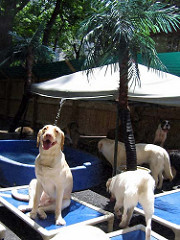 Be Mindful Of On Line Alternate Options To Conventional Atlanta Dog Boarding Services.
Be Mindful Of On Line Alternate Options To Conventional Atlanta Dog Boarding Services.
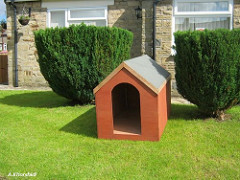 Disadvantages And Advantages Of Dog Boarding Solutions Online
Disadvantages And Advantages Of Dog Boarding Solutions Online
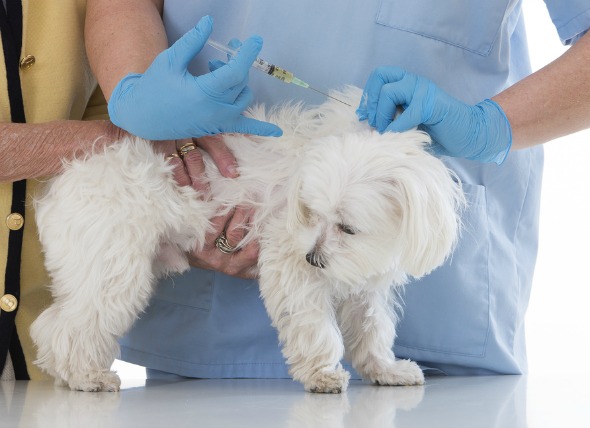 To Vaccinate or Not: A Vet's Perspective
To Vaccinate or Not: A Vet's Perspective
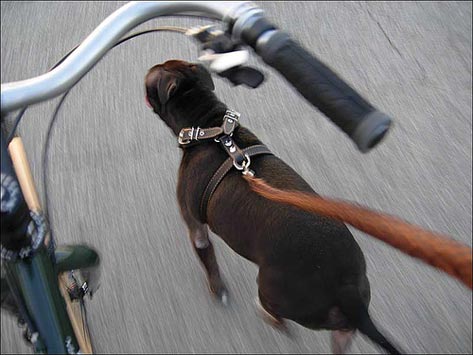 Biking With Your Dog…Safely
Biking With Your Dog…Safely
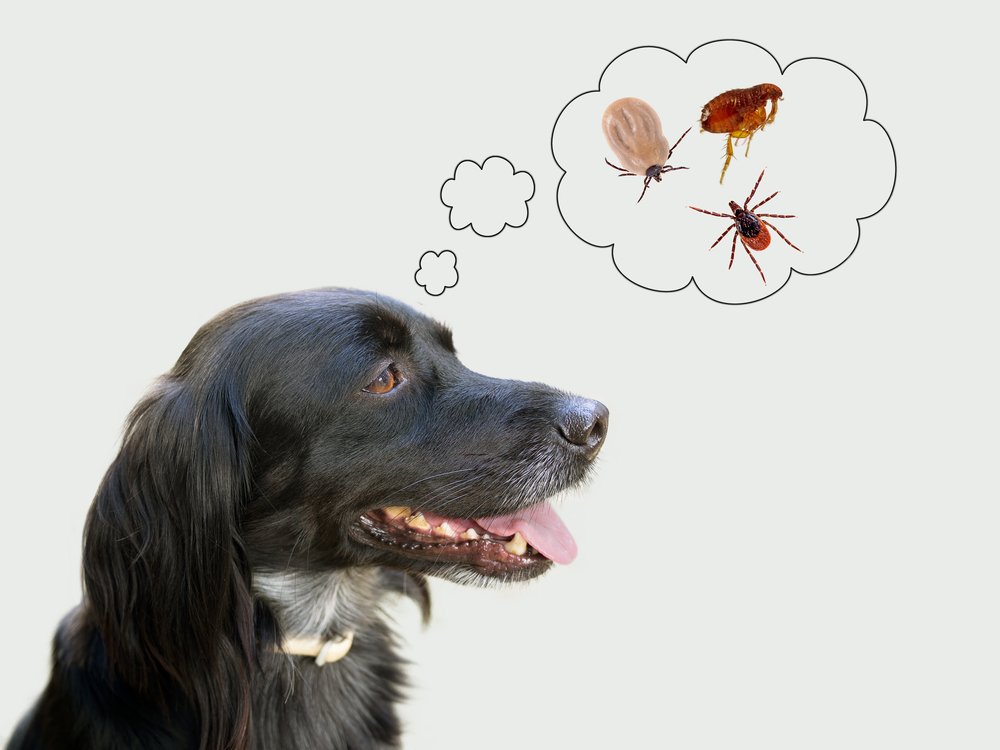 10 Ways to Remove a Tick from Your Dog
10 Ways to Remove a Tick from Your Dog
 Is it OK to Play Switcheroo with Your Pet Foods?
Is it OK to Play Switcheroo with Your Pet Foods?
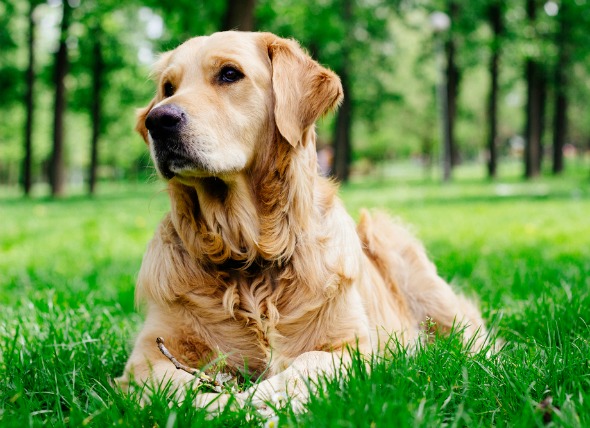 Skin Problems in Dogs
By T. J. Dunn, Jr., DVM
What You Should Kno
Skin Problems in Dogs
By T. J. Dunn, Jr., DVM
What You Should Kno
 Understanding Common Pet Food Ingredients
Generally speaking, most pet foods contain a combi
Understanding Common Pet Food Ingredients
Generally speaking, most pet foods contain a combi
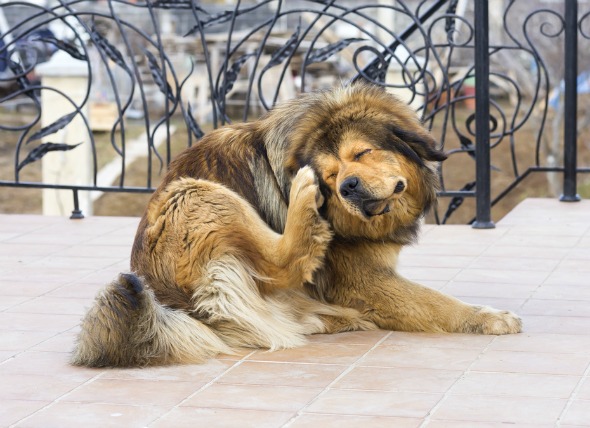 Fleas on Dogs and What You Can Do About Them
When pet owners are asked what they dread most about the
Fleas on Dogs and What You Can Do About Them
When pet owners are asked what they dread most about the
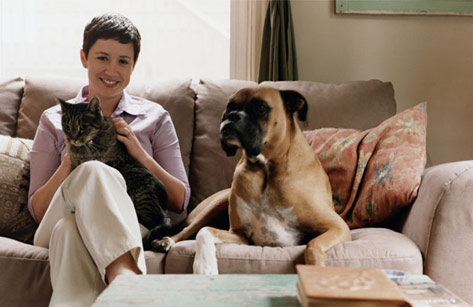 10 Things to Consider Before Bringing a New Pet Home
By Victoria Heuer
Some of the greatest moments in
10 Things to Consider Before Bringing a New Pet Home
By Victoria Heuer
Some of the greatest moments in
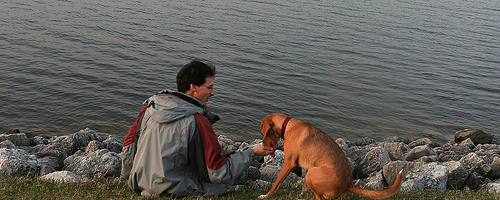 If Pets Could Talk: A Heartwarming Letter from Dog to Friend
By T. J. Dunn, Jr., DVM
Do pets grieve the
If Pets Could Talk: A Heartwarming Letter from Dog to Friend
By T. J. Dunn, Jr., DVM
Do pets grieve the
Copyright © 2005-2016 Pet Information All Rights Reserved
Contact us: www162date@outlook.com